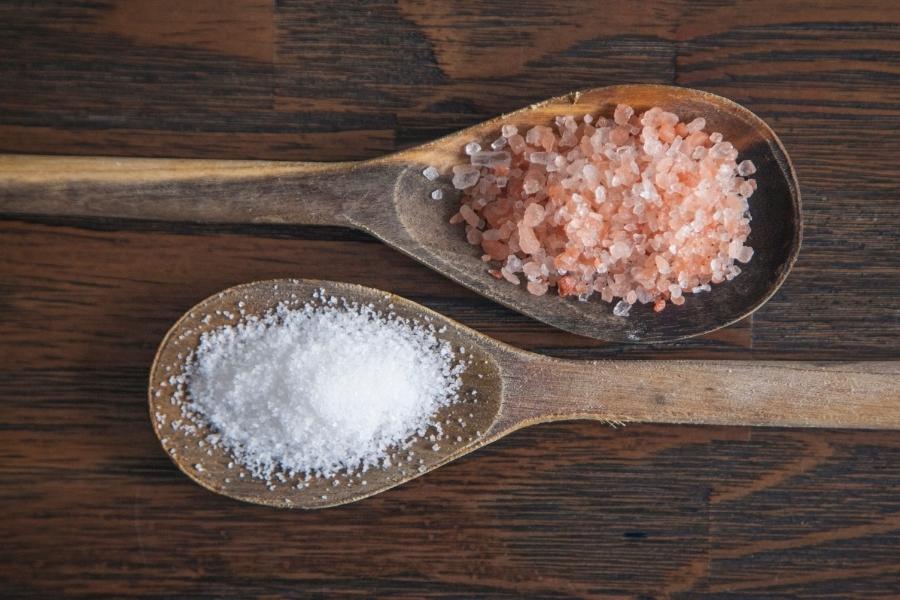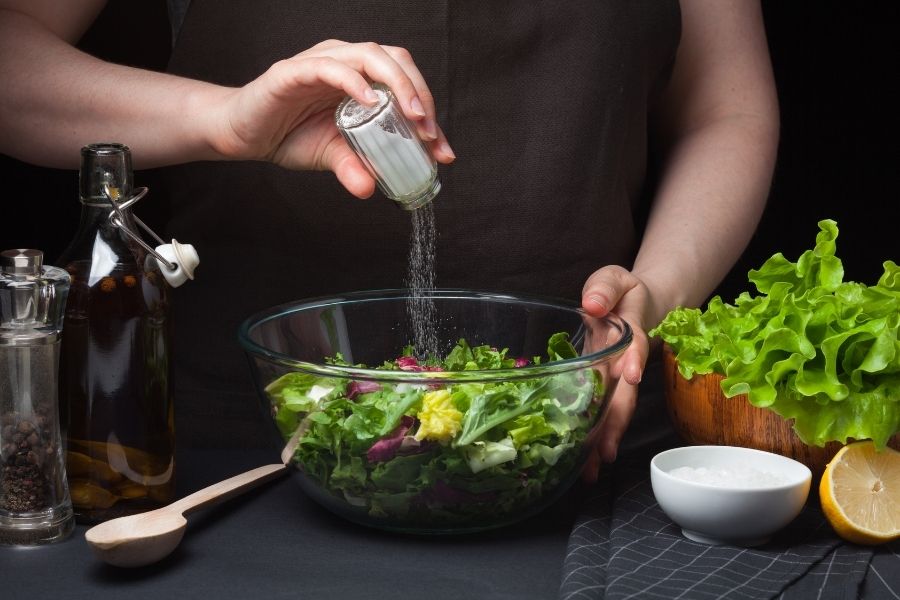Have you switched to and been swayed by Himalayan pink salt lately? If so, do you know how good it is for your health? There’s a certain allure to the dusty rose glow of Himalayan pink salt. It sits on kitchen shelves, often marketed as a more ‘natural’, mineral-rich alternative to everyday table salt. From detox drinks to bath rituals, it has found its way into both diets and wellness rituals. But is this ancient salt from the Himalayas genuinely healthier or just a trend with more colour than credibility? Nutritionist Jayati from AM Medical decodes the advantages and disadvantages for My Kolkata.
Salt wars: What’s the difference between the two salts?
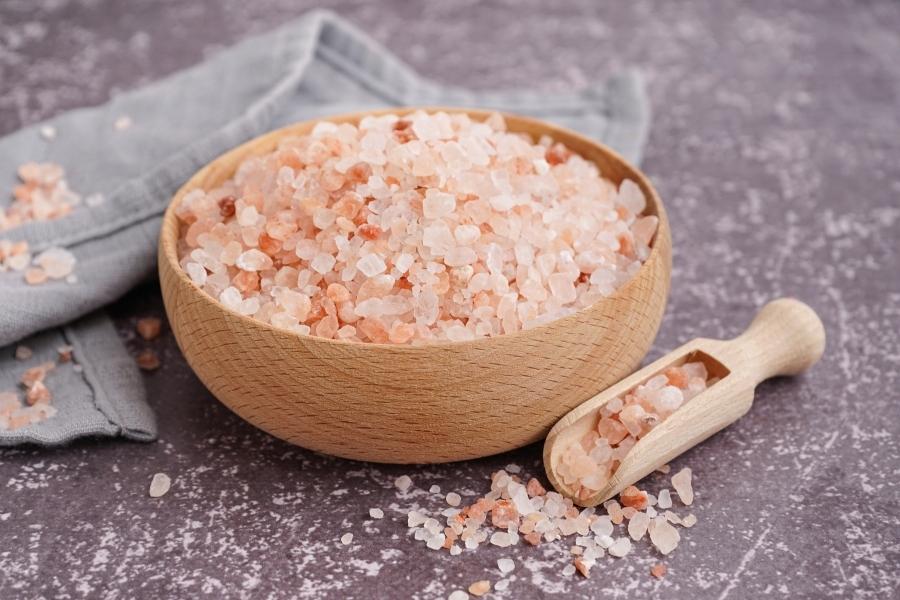
Minerals in Himalayan salt five it its signature pink hue, but they exist in extremely small amounts
The difference between pink Himalayan salt and common table salt begins with how they’re sourced and processed. Table salt is usually harvested from seawater or salt mines and undergoes extensive refining. This process removes most trace minerals, leaving behind nearly pure sodium chloride — around 39.1 per cent. It’s also fortified with iodine, an essential nutrient that helps prevent thyroid issues, and anti-caking agents are added for smooth pouring.In contrast, Himalayan pink salt is mined from the Khewra Salt Mine in the Punjab region of Pakistan and is minimally processed. It contains slightly less sodium chloride (36.5 per cent) and retains trace minerals like magnesium, calcium, potassium, and iron. These minerals give the salt its signature pink hue, but they exist in extremely small amounts.
Jayati, who has researched extensively on Himalayan cuisine, said, “All types of salt are necessary for our body. But the type and amount matter tremendously.”
The iodine issue
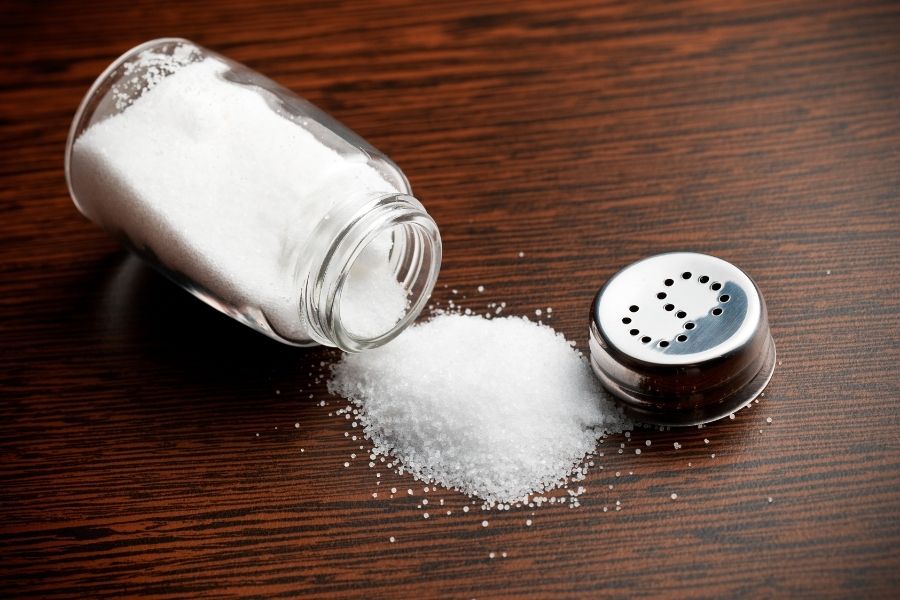
Regular table salt is artificially enriched with about 45 to 60mg of iodine per 100g
One of the biggest nutritional gaps in pink Himalayan salt is its lack of iodine. While table salt is artificially enriched with about 45 to 60mg of iodine per 100g, pink salt offers only trace, naturally occurring amounts. Iodine plays a crucial role in regulating thyroid function and hormone balance, and according to the World Health Organisation (WHO), adults need about 150 micrograms daily.
Jayati pointed out that this gap should not be overlooked. “People who use pink salt only must ensure they get iodine from other dietary sources. Even a small pinch of iodised salt daily, perhaps added to salads after cooking, can go a long way.”
Health claims: Hype or hope?
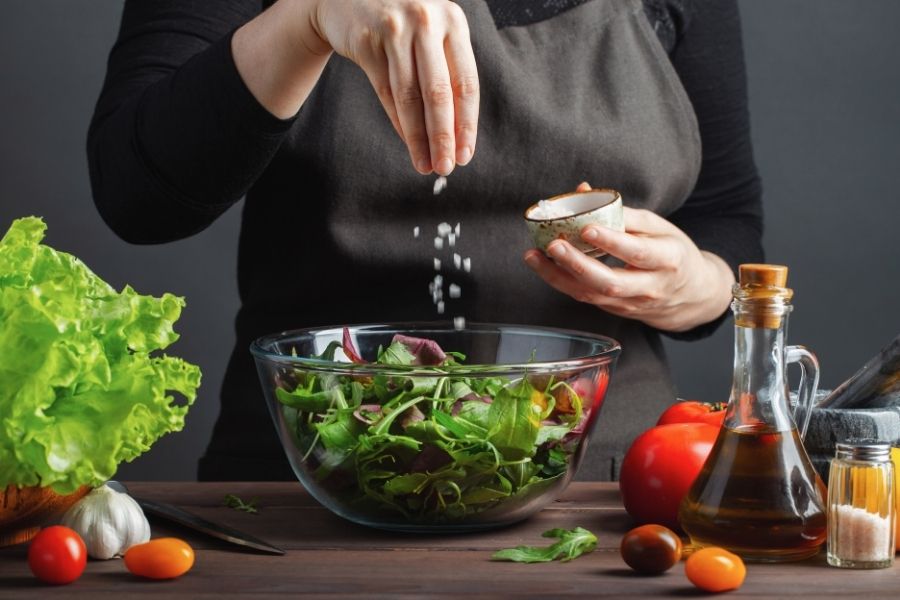
Even a small pinch of iodised salt daily, perhaps added to salads after cooking, can go a long way, say nutritionists
From celebrity nutritionists to yoga retreats, Himalayan pink salt is often praised for benefits like aiding digestion, improving hydration, reducing muscle cramps, and balancing electrolytes. It’s also used externally in rituals like salt baths, foot soaks, and gargling solutions.
While these practices may feel therapeutic, the scientific backing is thin. “There is limited evidence to support many of these claims. The minerals it contains are in such miniscule amounts that they’re unlikely to have a measurable effect on health when consumed in everyday quantities, she explained.
In essence, the supposed “healing” properties are largely anecdotal or based on wellness traditions rather than robust clinical research.
Mineral content: Too little to count
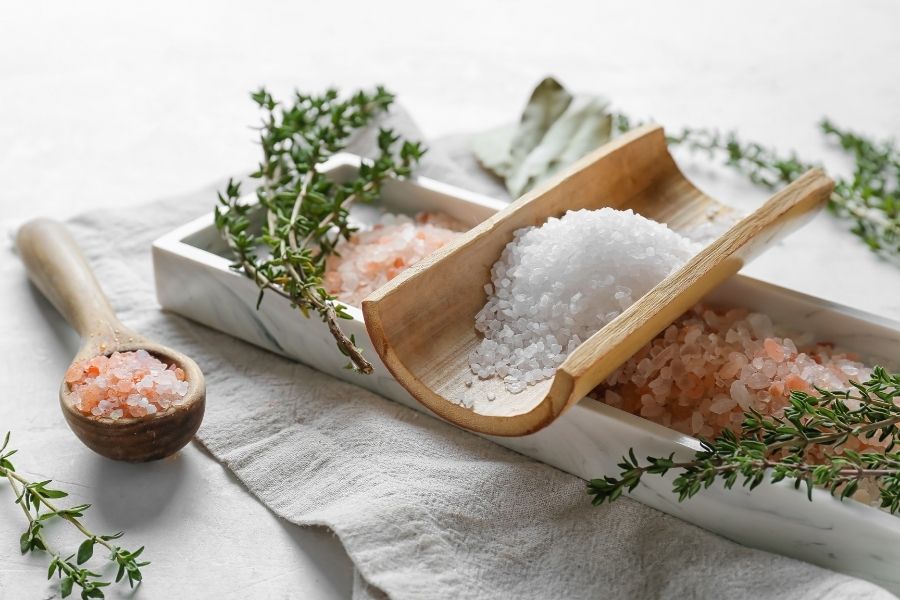
Himalayan pink salt might add a touch of luxury to your kitchen or bath, but when it comes to health, its benefits are more aesthetic than functional
Himalayan pink salt is often marketed as a rich source of minerals, but how much does it really provide? Let’s consider the numbers: magnesium accounts for just 0.1 per cent, calcium for 0.16 per cent, and potassium for 0.28 per cent. When you are only consuming a few grams of salt per day, these amounts are nutritionally insignificant.
Jayati cautions against overestimating its contribution. “It’s not realistic to treat pink salt as a mineral supplement. The quantities are too small to meet any meaningful portion of your daily requirements.”
Himalayan pink salt might add a touch of luxury to your kitchen or bath, but when it comes to health, its benefits are more aesthetic than functional. If you enjoy its flavour and appearance, there’s no harm in using it sparingly. However, if you’re looking for a functional source of iodine — or any substantial mineral intake — regular table salt still holds its ground.
Jayati summed, “Salt is essential, but moderation is key. Whether pink or white, using the right amount is far more important than choosing the trendiest type.”
Note: After the recent India-Pakistan conflict, all trade between the two countries has been banned by the Directorate General of Foreign Trade and the Directorate General of Shipping, and is likely to affect Himalayan pink salt exports too.
